Best Practices Articles

Tips for Leveraging Generative AI in the Workplace
Generative AI transforms workplaces across industries, offering cutting-edge tools that enhance productivity, streamline workflows, and foster innovation. Artificial intelligence (AI) is redefining business operations from automating repetitive tasks to supporting creative endeavors. Tools like ChatGPT, DALL-E, and GitHub Copilot help professionals work faster. Generative AI is now a key resource in the workplace.
However, reaping the full benefits of generative AI requires a strategic approach. It's not just about using new tools. Organizations need to learn how to add AI to their workflows in a responsible and effective way. This article explores actionable tips for leveraging generative AI in the workplace, helping businesses and individuals unlock its potential while addressing ethical challenges.
Understanding Generative AI in the Workplace
Generative AI refers to machine learning models designed to create new content, such as text, images, code, or music. These tools have become fundamental for businesses aiming to boost efficiency and innovation.
Key Applications of Generative AI
- Content Creation: Generative AI tools like ChatGPT generate blog posts, reports, and emails, saving time for writers and marketers.
- Design and Media: Platforms like DALL-E create visuals that assist graphic designers and advertising teams.
- Code Development: GitHub Copilot accelerates development by suggesting code snippets and reducing debugging time.
- Customer Interaction: AI chatbots enhance customer service by answering queries and providing real-time assistance.
- Training and Onboarding: AI-powered tools help create interactive onboarding experiences, ensuring new hires grasp processes efficiently.
Benefits of Generative AI in the Workplace
- Efficiency: Automating repetitive tasks allows employees to focus on strategic initiatives.
- Creativity: AI tools generate ideas and solutions, sparking innovation in projects.
- Informed Decision-Making: AI’s ability to process vast datasets provides valuable insights for strategic decisions.
- Scalability: Generative AI in the Workplace enables businesses to scale operations without significant increases in resource allocation.
Tips for Successfully Integrating Generative AI in the Workplace
Start with a Clear Strategy
Before implementing generative AI, organizations must define specific goals and identify areas where AI can deliver the most value. Whether improving efficiency, enhancing creativity, or streamlining decision-making, aligning AI usage with business objectives is critical for success.
Organizations should perform a cost-benefit analysis to assess the potential Return on Investment (ROI) of AI integration. For instance, a marketing team might explore how AI tools can save time during campaign planning. This can lead to faster project rollouts.
Train Employees to Use AI Tools
Comprehensive training ensures employees can integrate AI tools into their daily tasks. Key training components include:
- Skill Development: Teach employees how to maximize the benefits of generative AI tools.
- Ethical Usage: Address responsible AI practices to mitigate risks such as bias or misinformation.
- Practical Application: Conduct hands-on workshops demonstrating AI applications in real-world scenarios.
- Encouraging Feedback: Create a feedback loop where employees can share their experiences, challenges, and successes with AI tools.
Pair AI with Human Expertise
Generative AI in the workplace excels when combined with human creativity and critical thinking. Instead of replacing employees, companies should use AI as a collaborative partner. For example:
- Writers can use AI to draft ideas and then refine content with their expertise.
- Designers can incorporate AI-generated visuals into larger projects.
- Analysts can interpret AI-generated data insights to create actionable strategies.
Foster a Culture of Experimentation
AI adoption is an iterative process. Encourage teams to experiment with different tools and approaches, identifying what works best for their needs. Organizations can uncover new ways to utilize AI effectively by fostering a culture of innovation.
A key aspect of this experimentation is fostering cross-department collaboration. For example, marketing and sales teams can test if AI-made customer profiles improve lead targeting.
Optimizing Workplace Productivity with Generative AI
Automate Repetitive Tasks
Generative AI in the workplace automates mundane and repetitive tasks, freeing employees to focus on higher-value work.
- Example: AI can draft meeting summaries, create email templates, and schedule appointments.
- Result: Employees have more time for critical thinking and creative problem-solving.
In HR departments, AI tools can streamline hiring by automating resume screening and candidate communication.
Enhance Team Collaboration
Generative AI tools improve collaboration by centralizing brainstorming and project management processes. For instance:
- Miro and similar platforms enhanced with AI features allow teams to co-create real-time content, streamlining workflows.
- Virtual whiteboards integrated with generative AI can provide instant suggestions during brainstorming sessions.
Support Decision-Making
AI’s data-processing capabilities provide actionable insights for better decision-making. Predictive models, for example, can analyze customer behavior to refine marketing strategies or improve product offerings.
Generative AI also supports supply chain optimization by forecasting demand, identifying inefficiencies, and recommending cost-saving measures.
Overcoming Challenges with Generative AI in the Workplace
Addressing Bias in AI Models
AI models are trained on large datasets that may contain biases. Organizations must:
- Conduct regular audits to identify and mitigate biased outputs.
- Use diverse training datasets to reduce the risk of prejudiced content.
Businesses can also form ethics committees to oversee AI implementation and ensure compliance with fairness standards.
Ensuring Data Privacy
Generative AI often requires access to sensitive data. To maintain trust, businesses should:
- Implement robust security protocols.
- Comply with regulations such as GDPR to safeguard personal information.
- Regularly review data usage policies and ensure employees understand compliance requirements.
Avoiding Over-Reliance on AI
While generative AI in the workplace offers numerous advantages, over-reliance can hinder innovation and critical thinking. Workers should use AI as a tool, balancing its assistance with human intelligence.
Encourage teams to view AI outputs critically, assessing their accuracy and relevance before implementation.
Ethical Considerations for Generative AI in the Workplace
Transparency and Accountability
Businesses must be transparent about how AI is used in decision-making processes. Clear accountability fosters trust among employees and stakeholders.
Regular reports detailing AI contributions and decision-making processes can achieve transparency.
Inclusivity in AI Adoption
Ensure AI tools are accessible to all employees, regardless of technical expertise. Providing resources for marginalized groups fosters an inclusive and equitable workplace.
Setting Boundaries for AI Usage
Define clear boundaries for AI applications. For instance, while AI can assist hiring, human oversight is essential to ensure fairness and avoid discrimination.
Long-Term Strategies for Generative AI Integration
Continuous Learning and Adaptation
Generative AI evolves rapidly. To update employees on new tools and advancements, businesses must invest in ongoing training.
Collaborate with AI Vendors
Partnering with AI technology providers ensures access to customized solutions. Establishing feedback loops with vendors helps maintain alignment with workplace needs.
Monitor and Measure the Impact
Establish metrics to assess the effectiveness of AI in achieving organizational goals. Key performance indicators (KPIs) might include:
- Time saved
- Reduction in errors
- Employee satisfaction
Future-Proofing Through Innovation
Invest in R&D to explore new ways generative AI can enhance business processes. Continuous innovation ensures that companies stay ahead of competitors in leveraging AI technologies.
Advanced Use Cases for Generative AI
Personalized Customer Experiences
Generative AI can create tailored customer experiences by analyzing data patterns. For instance:
- AI-driven chatbots can offer personalized recommendations.
- Dynamic content creation tools can adapt marketing materials to individual preferences.
Revolutionizing Training and Development
AI tools can transform employee training programs. Virtual AI trainers provide immersive learning experiences through:
- Interactive modules customized to individual learning paces.
- Real-time feedback to improve knowledge retention.
Accelerating Research and Development
Generative AI is a powerful asset for research-intensive industries. For example:
- AI algorithms can simulate experiments, reducing time and costs in fields like pharmaceuticals and engineering.
- AI tools can generate data visualizations, making complex research insights more accessible.
Conclusion
Generative AI offers immense potential to transform workplaces by enhancing productivity, fostering creativity, and driving innovation. Organizations can harness the full power of generative AI by adopting a strategic approach to implementation, training employees, and addressing ethical considerations.
However, the journey doesn’t stop with adoption. Balancing automation with human expertise, fostering a culture of experimentation, and ensuring inclusivity are essential for long-term success. Businesses that carefully use generative AI in the workplace in their workflows will stay competitive. They will help shape the future of work.
By leveraging these practical tips, organizations can unlock the transformative potential of generative AI, creating a workplace where technology and human brilliance thrive together.
As generative AI advances quickly, companies that embrace and adapt to this technology will lead their industries. We can create a better workplace. This can happen by focusing on training, ethical practices, and continuous innovation. In this environment, humans and AI can work together smoothly.
Businesses can redefine their growth trajectories by embedding AI into every layer of operations—from customer engagement to R&D. This is the era of generative AI, and it’s time to lead with purpose and innovation.
Read our article on How to Adapt to AI Impact on Jobs.
Best Practices Guidebook
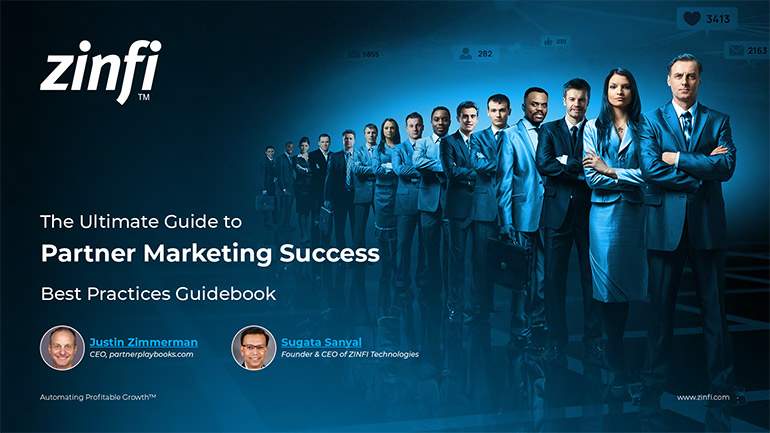 The Ultimate Guide to Partner Marketing Success Best Practices
The Ultimate Guide to Partner Marketing Success Best PracticesDownload Guide
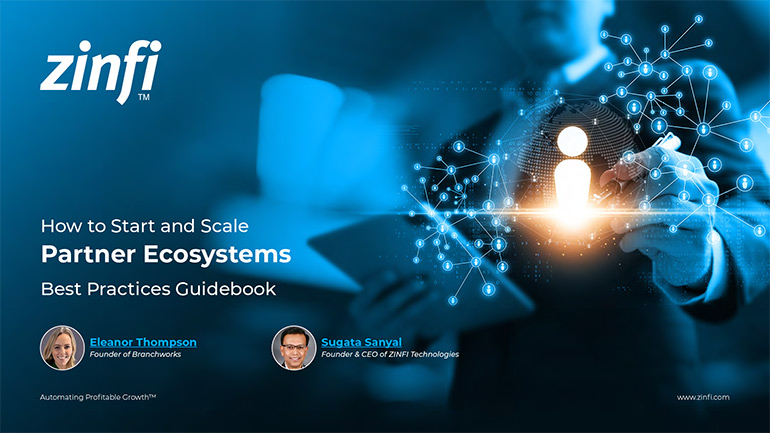 How to Start and Scale Partner Ecosystems Best Practices
How to Start and Scale Partner Ecosystems Best PracticesDownload Guide
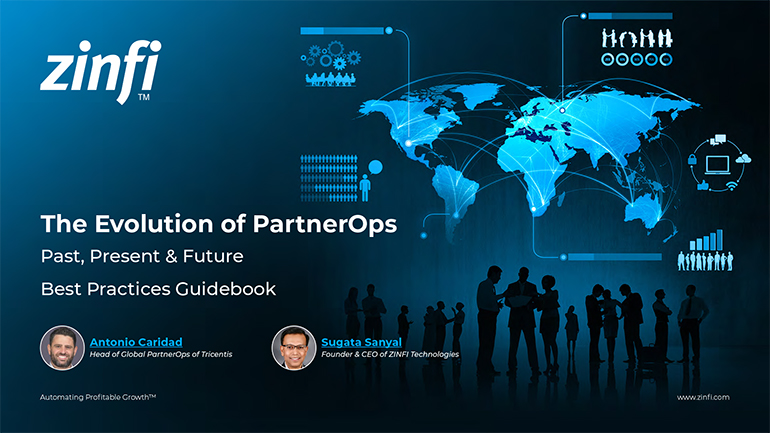 The Evolution of PartnerOps: Past, Present & Future Best Practices
The Evolution of PartnerOps: Past, Present & Future Best PracticesDownload Guide
 Mastering Channel Sales: Strategies, Best Practices, and Growth Tactics for 2025
Mastering Channel Sales: Strategies, Best Practices, and Growth Tactics for 2025Download Guide
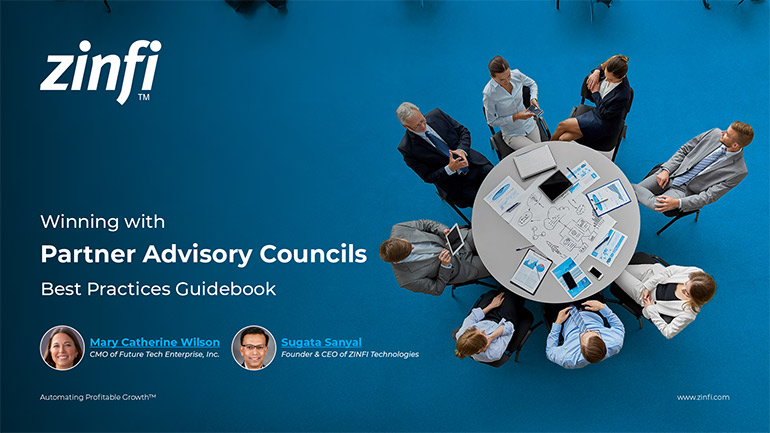 Winning with Partner Advisory Councils: Best Practices for Partner Engagement & Growth
Winning with Partner Advisory Councils: Best Practices for Partner Engagement & GrowthDownload Guide
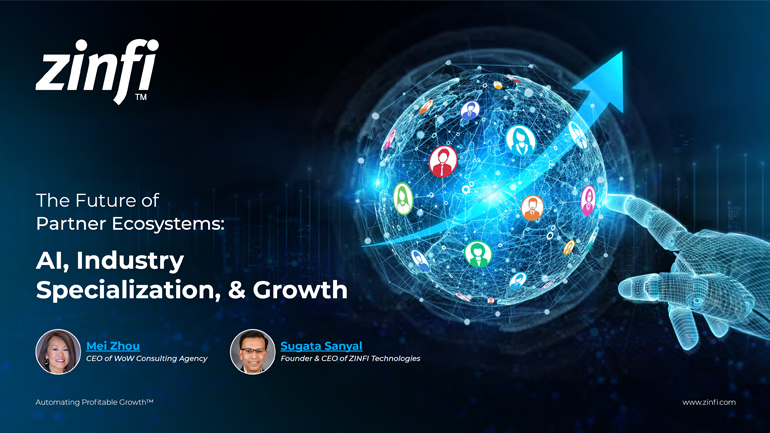 The Future of Partner Ecosystems Best Practices
The Future of Partner Ecosystems Best PracticesDownload Guide
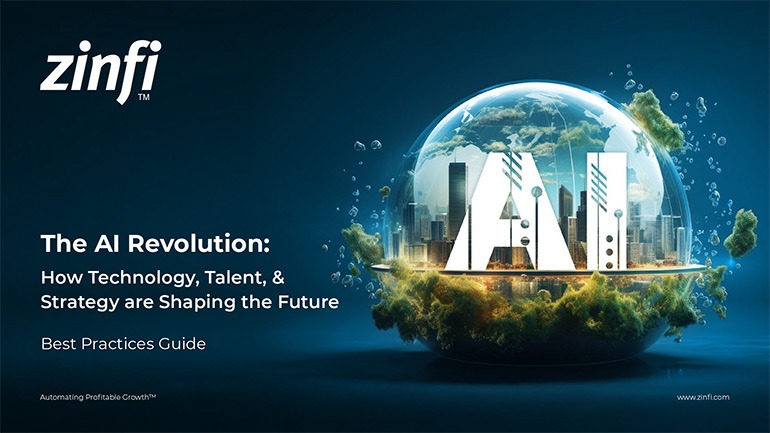 The AI Revolution: How Technology and Talent are Shaping the Future
The AI Revolution: How Technology and Talent are Shaping the FutureDownload Guide
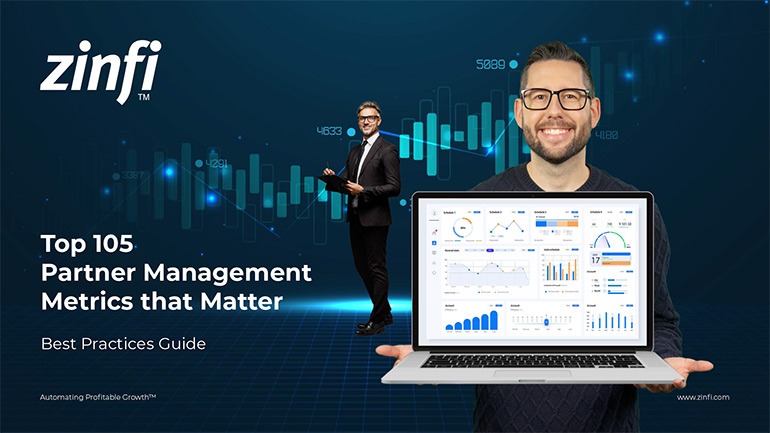 Top 105 Partner Management Metrics that Matter Best Practices
Top 105 Partner Management Metrics that Matter Best PracticesDownload Guide
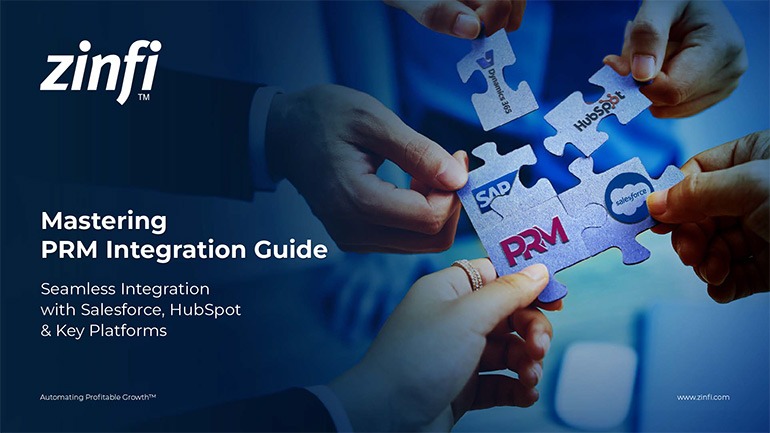 Mastering PRM Integration Best Practices
Mastering PRM Integration Best PracticesDownload Guide
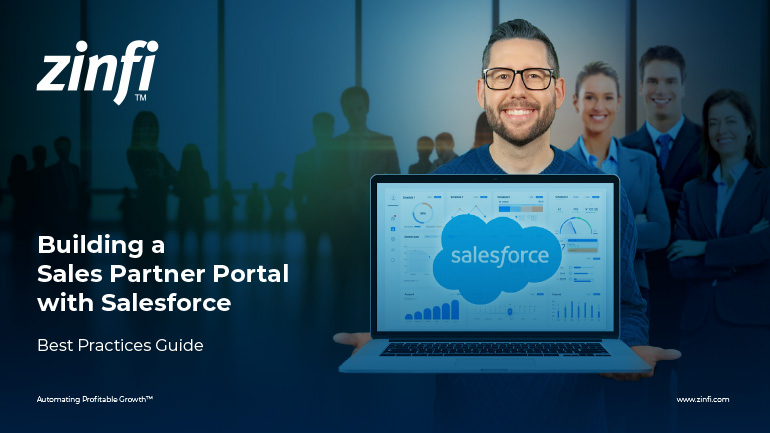 Building a Sales Partner Portal with Salesforce Best Practices
Building a Sales Partner Portal with Salesforce Best PracticesDownload Guide
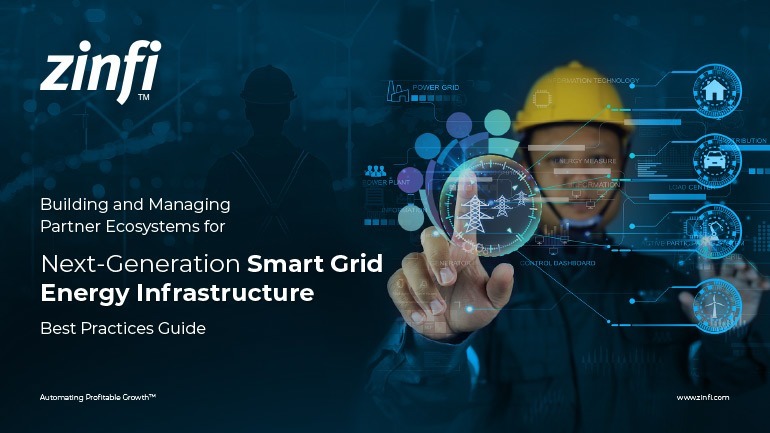 Building and Managing Partner Ecosystems Best Practices
Building and Managing Partner Ecosystems Best PracticesDownload Guide
 Mastering Co-Marketing and Co-Selling Best Practices
Mastering Co-Marketing and Co-Selling Best PracticesDownload Guide
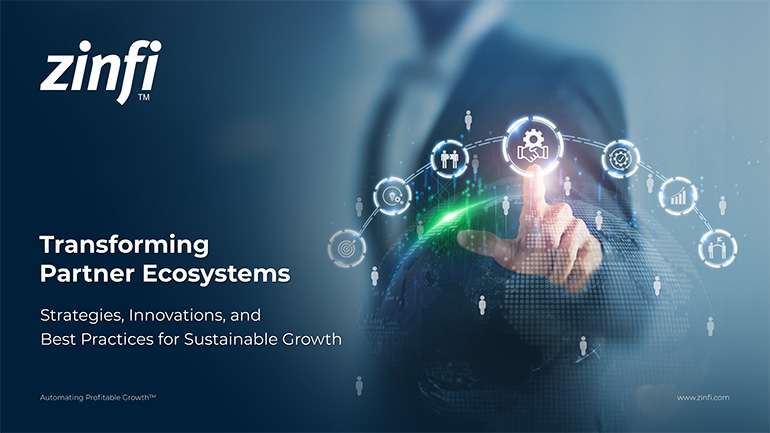 Transforming Partner Ecosystems Best Practices
Transforming Partner Ecosystems Best PracticesDownload Guide
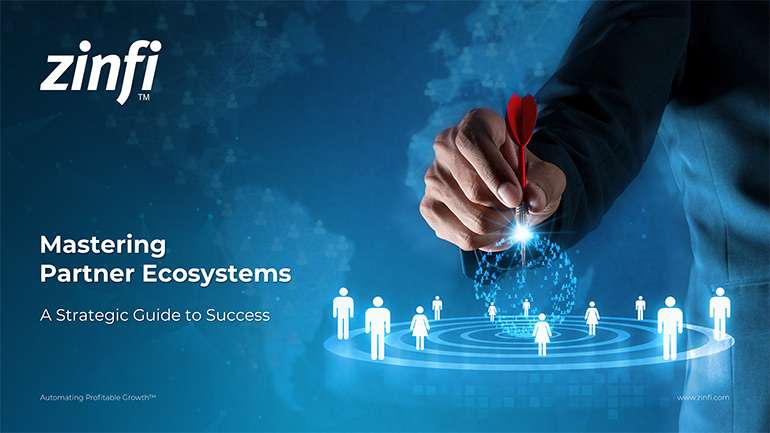 Mastering Partner Ecosystems Best Practices
Mastering Partner Ecosystems Best PracticesDownload Guide
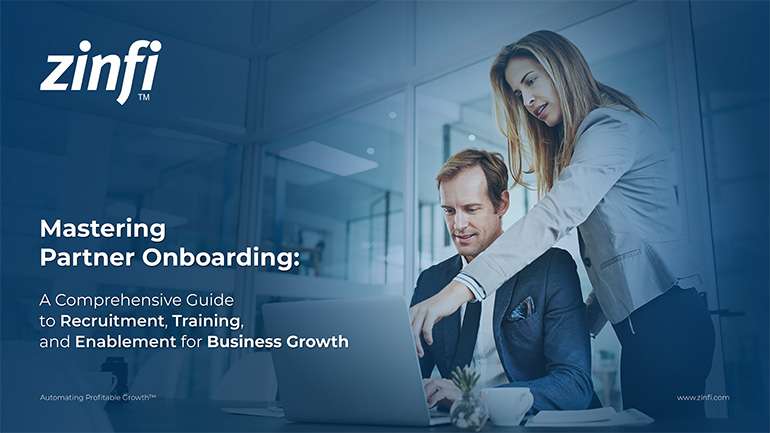 Mastering Partner Onboarding Best Practices
Mastering Partner Onboarding Best PracticesDownload Guide
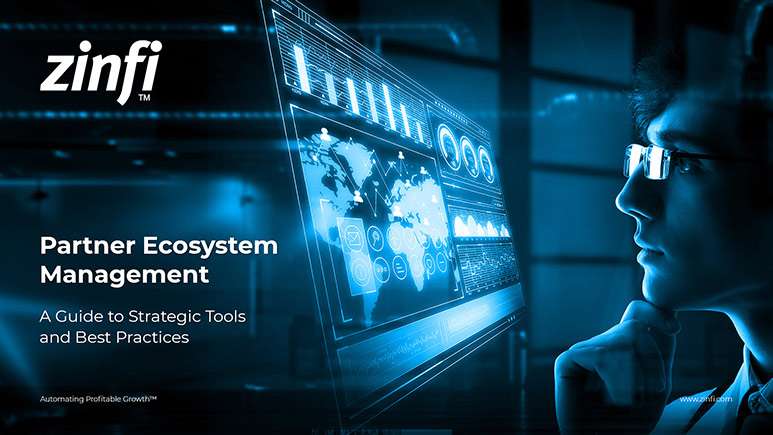 Partner Ecosystem Management Best Practices
Partner Ecosystem Management Best PracticesDownload Guide
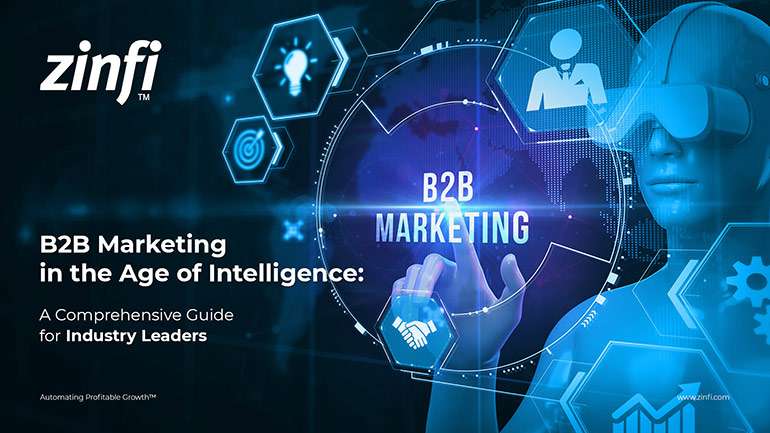 B2B Marketing in the Age of Intelligence Best Practices
B2B Marketing in the Age of Intelligence Best PracticesDownload Guide
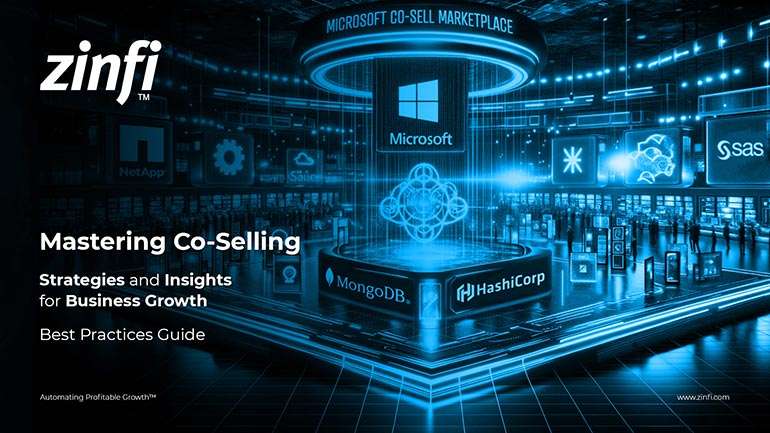 Multi-Partner Co-Selling Best Practices
Multi-Partner Co-Selling Best PracticesDownload Guide







